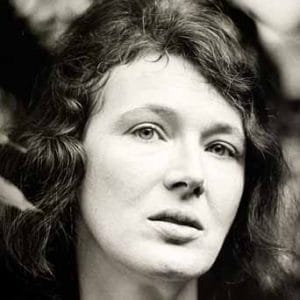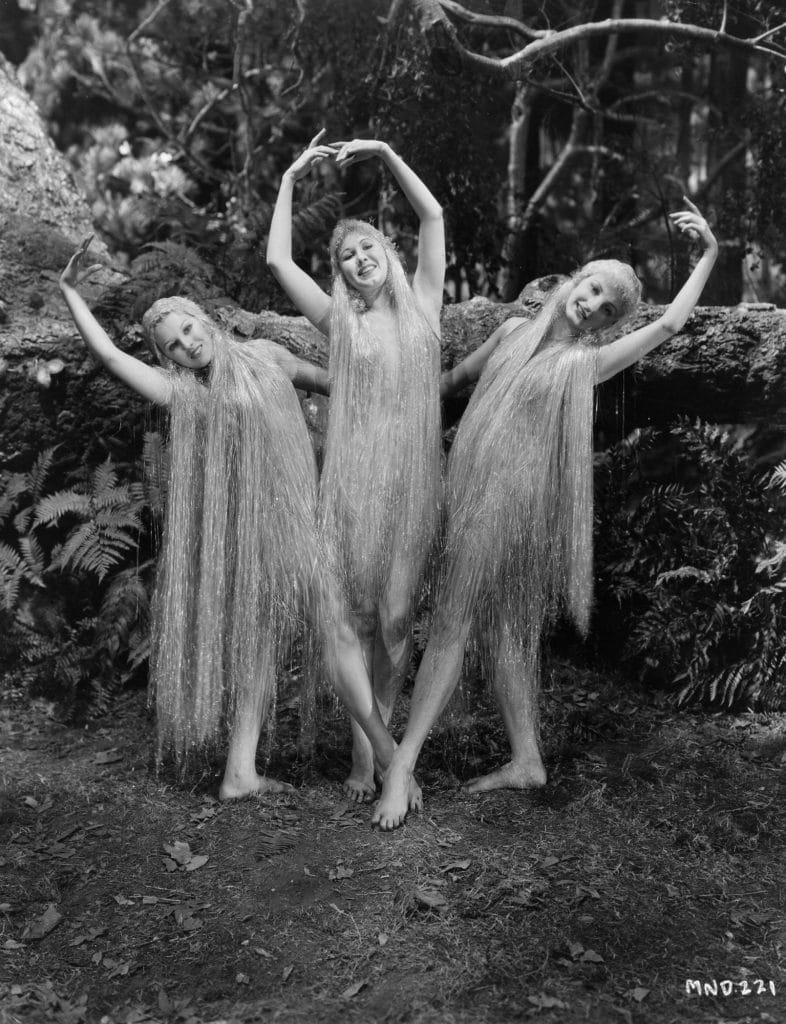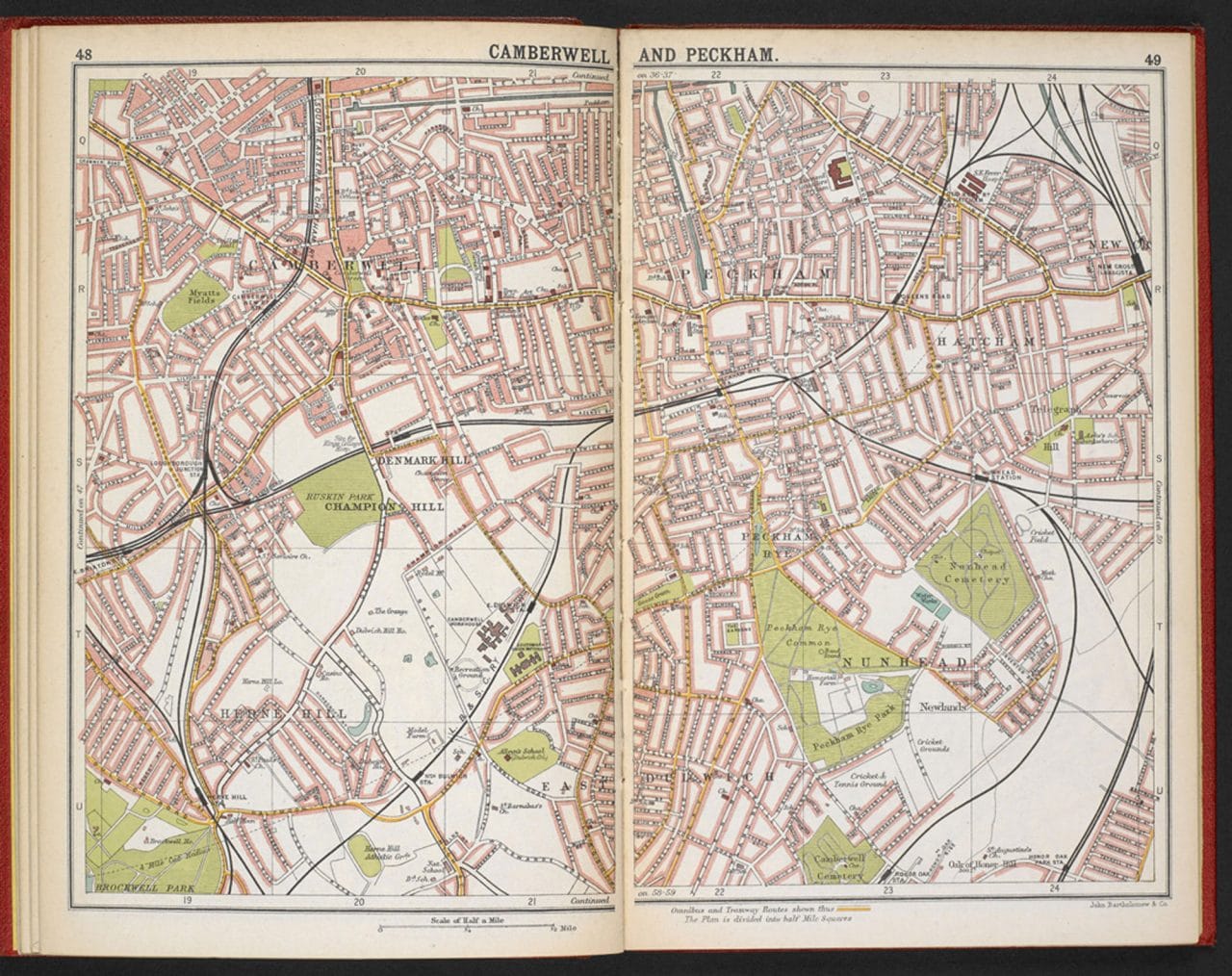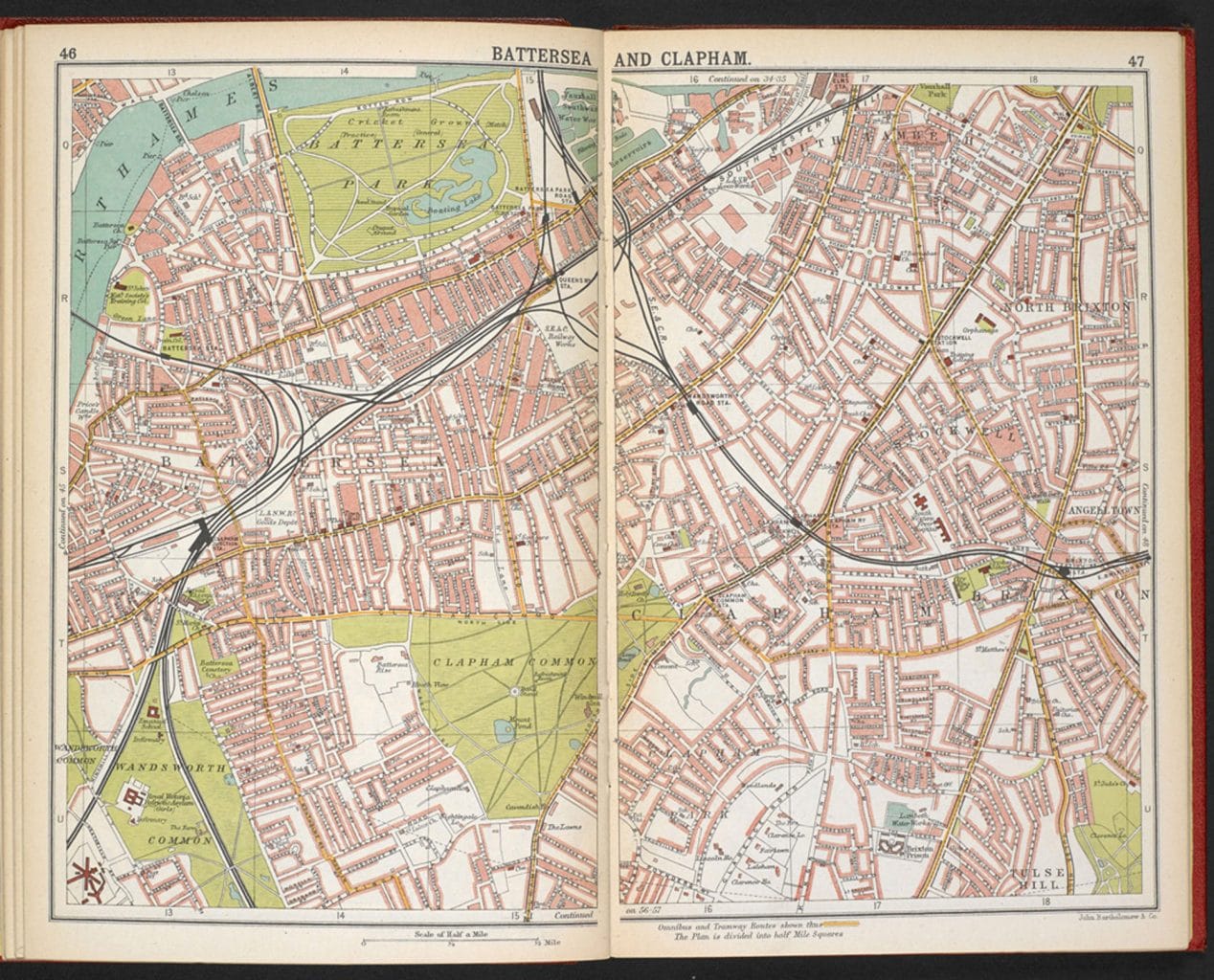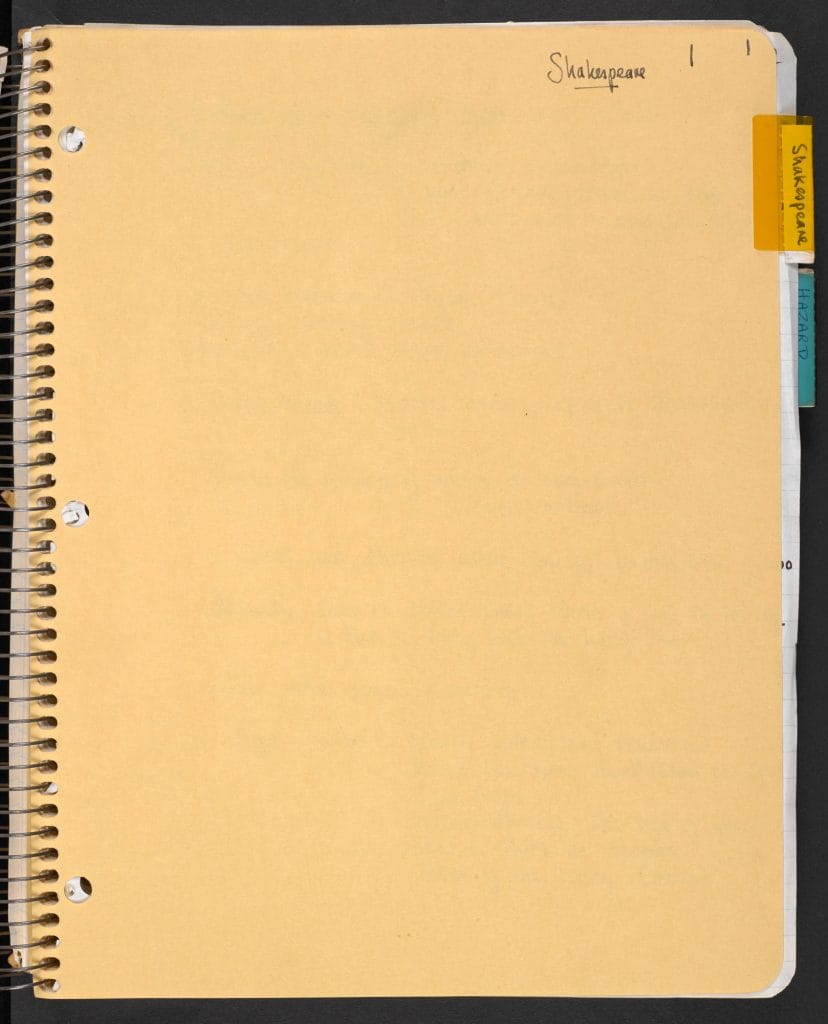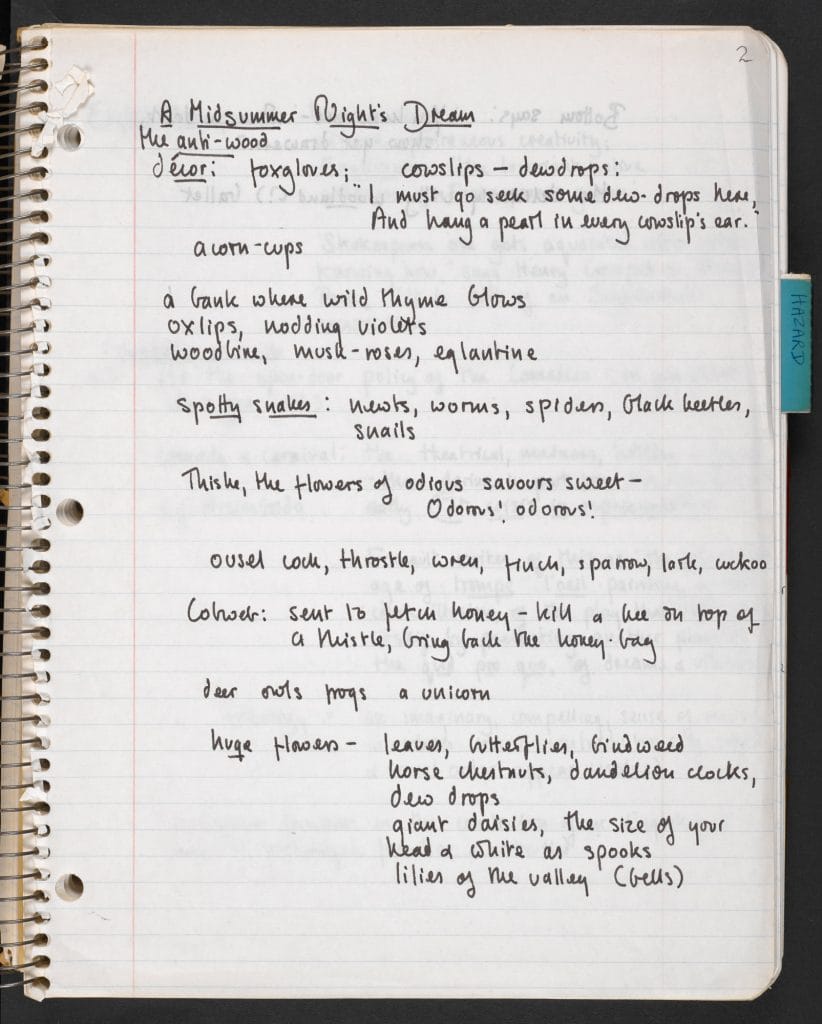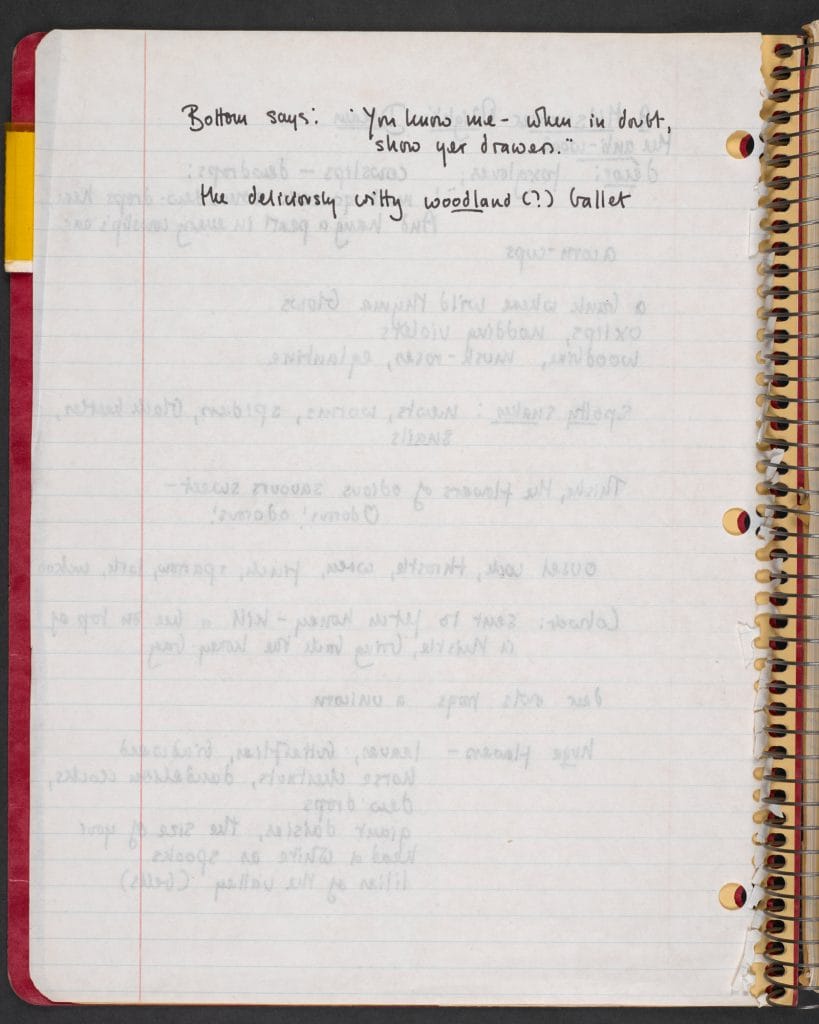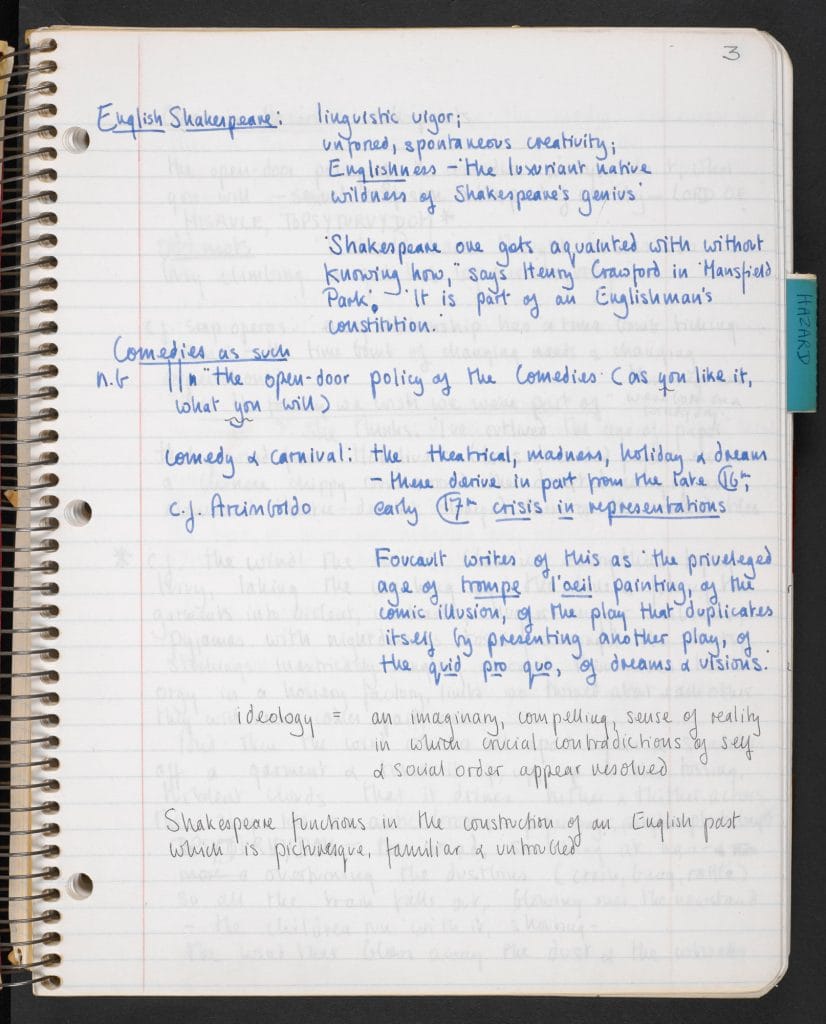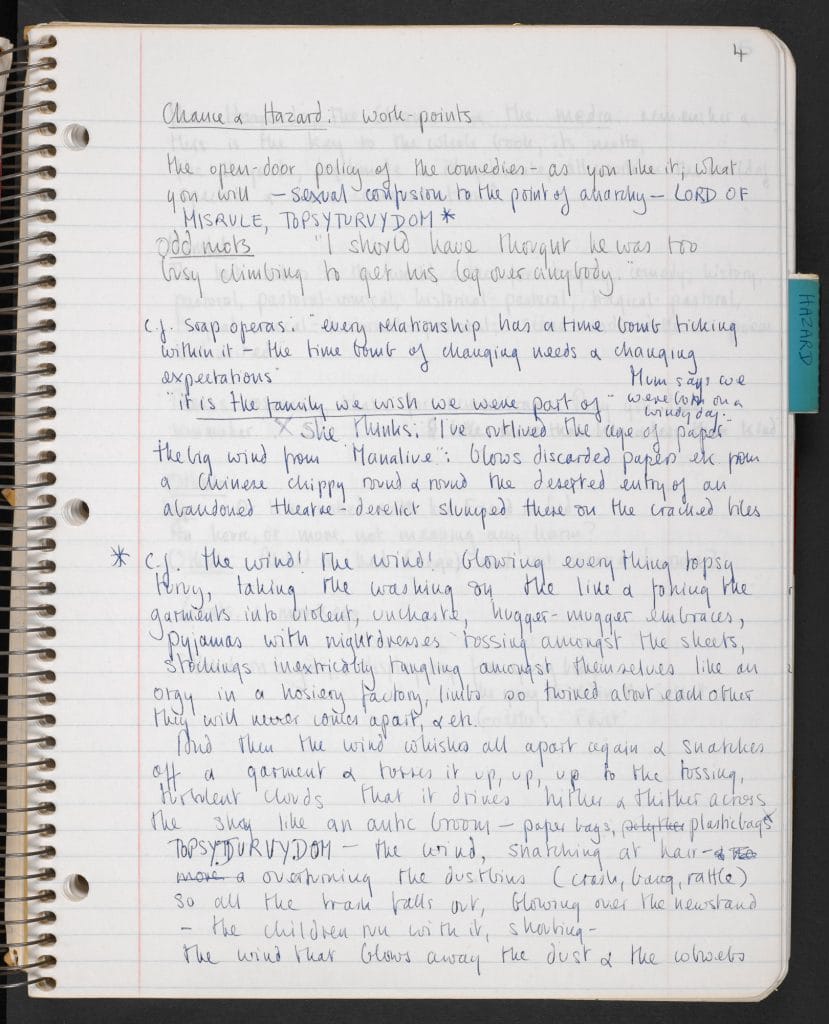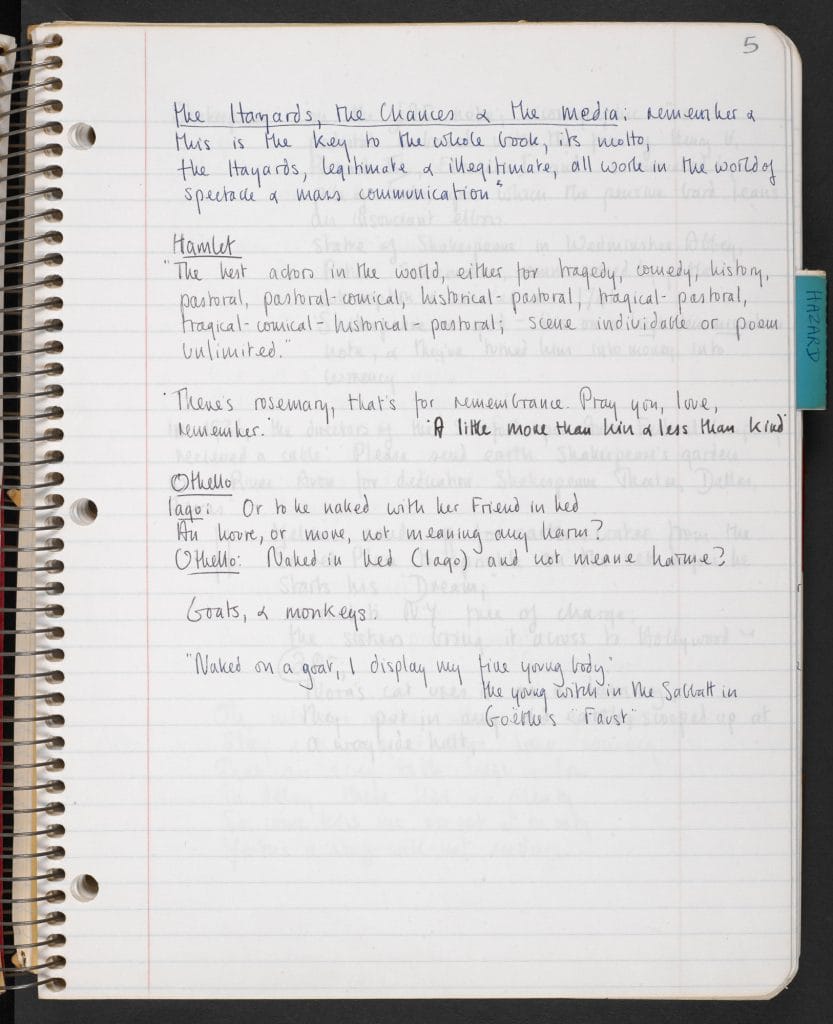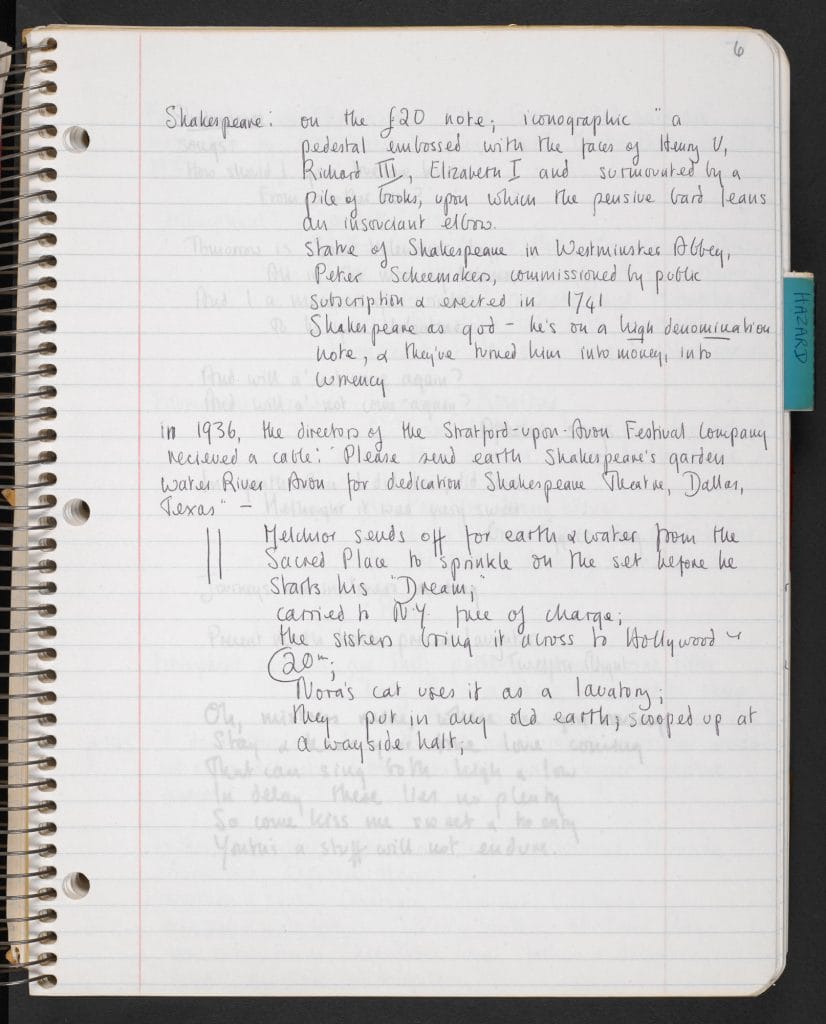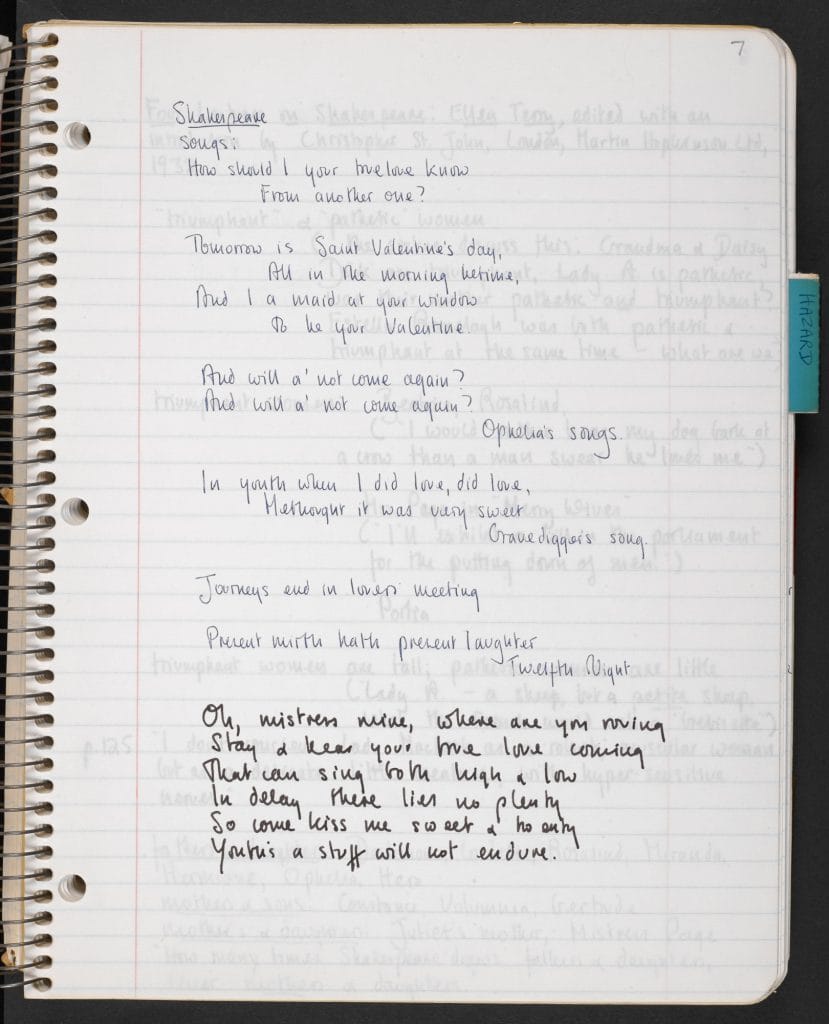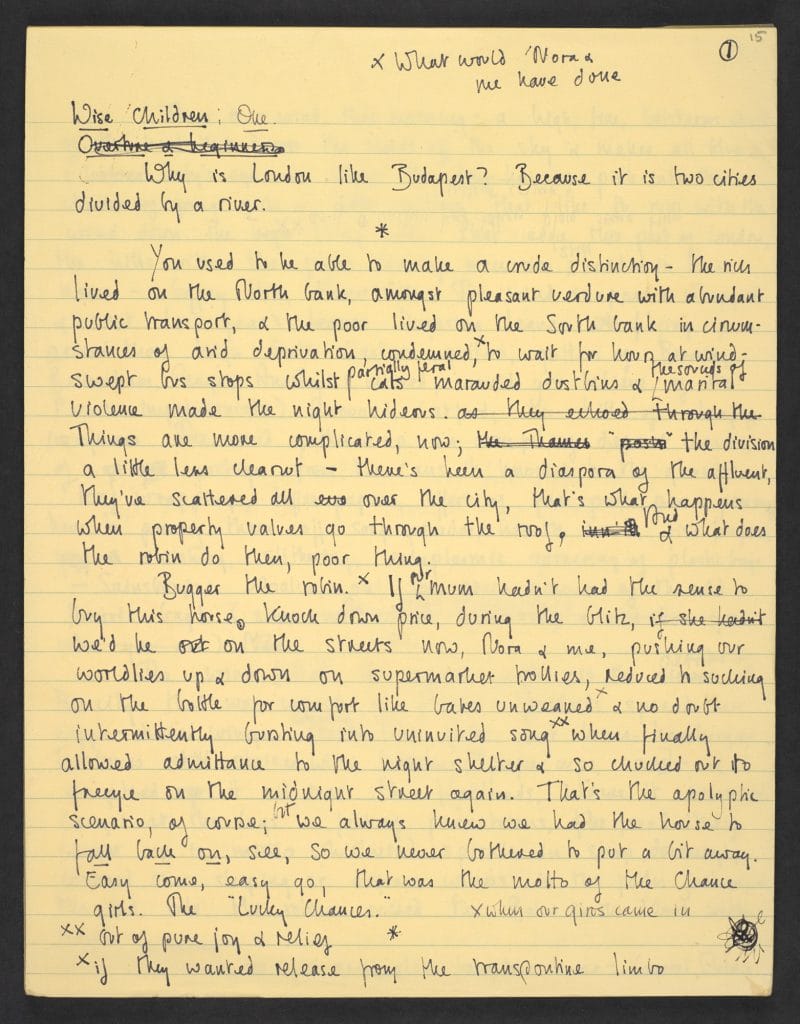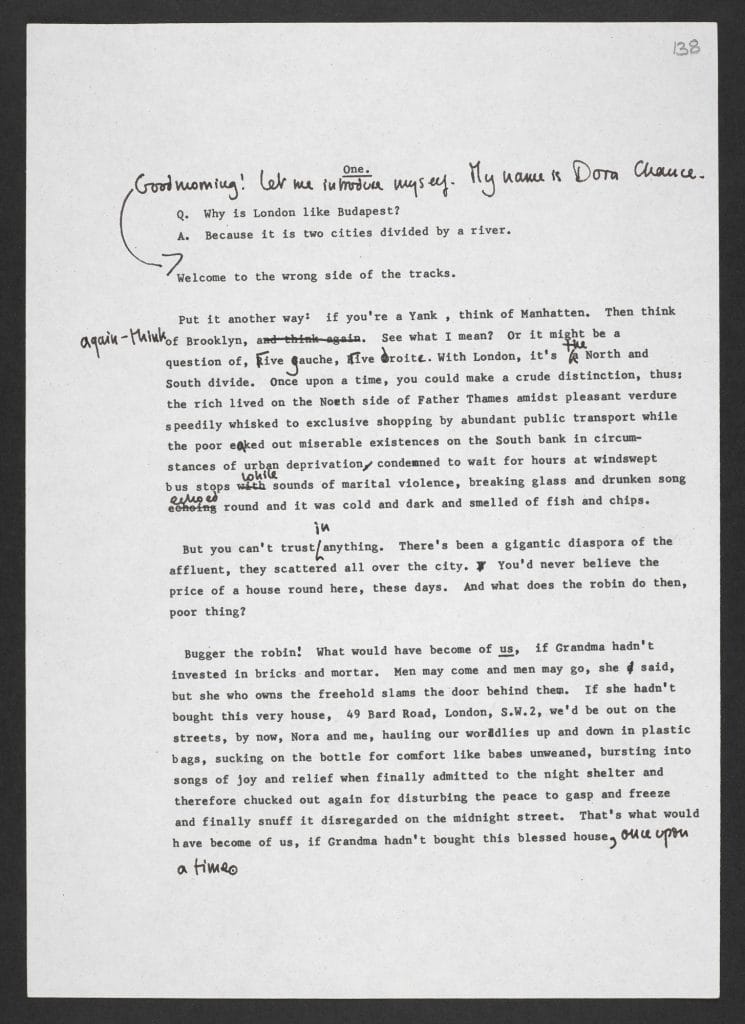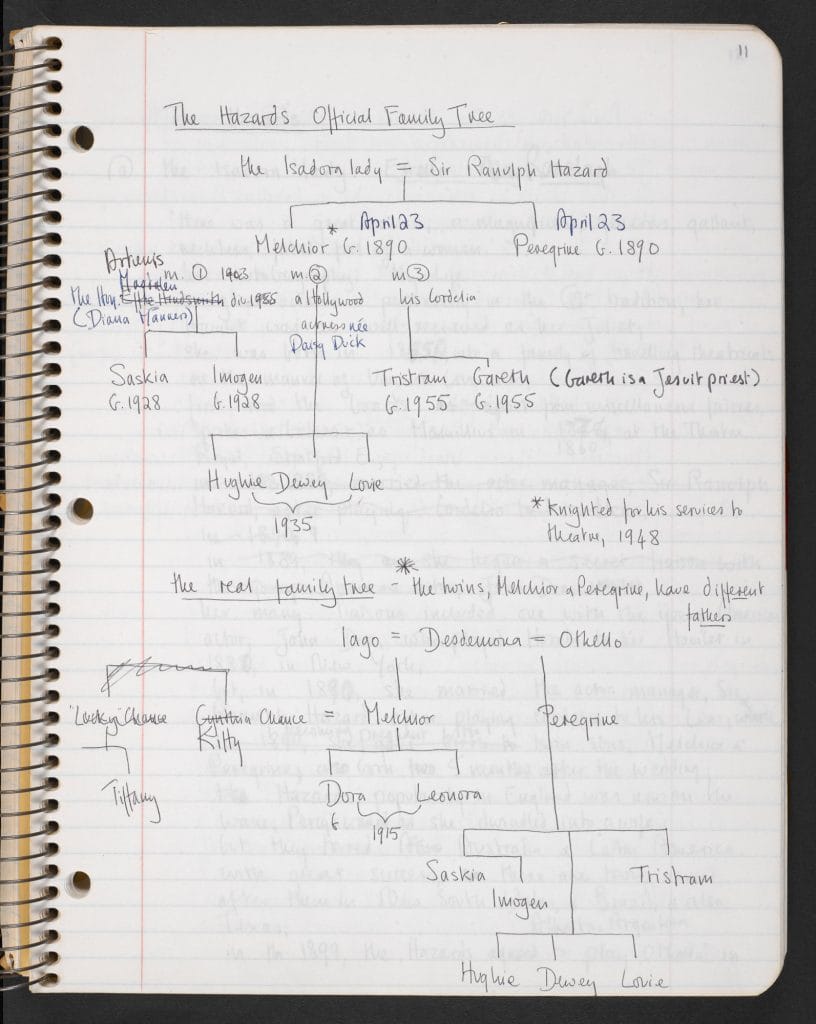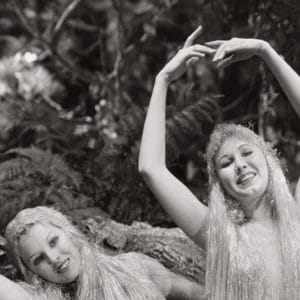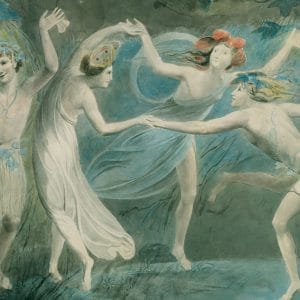
Angela Carter’s Wise Children
出版日期: 1991 文学时期: 20th century
Wise Children, Angela Carter’s 1991 novel about twins, music hall and Shakespeare, is perhaps the most popular work of an author who is now one of the most widely taught and researched writers of British fiction. Carter’s writing occupies a unique place in 20th century fiction, a place where myths around gender and sexuality are debunked and where not even the deepest darkest recesses of human imagination are off-limits.
Wise Children
The story of Wise Childen revolves around the twin Chance girls, music hall performers and illegitimate daughters of the great Shakespearean actor, Sir Melchior Hazard. The novel takes place on the 75th birthday of identical twin sisters, Dora and Nora Chance. By coincidence, it is also Shakespeare’s birthday, and the 100th birthday of their father, Sir Melchior Hazard, and his twin brother, Peregrine Hazard.
Wise Children is a novel underpinned by contradictions. It draws on a rich variety of high and low culture – music hall, cinema and Hollywood, theatre and Shakespeare – and features central themes of doubling (or twinning), identity, fatherhood and legitimacy/illegitimacy. It is fast paced, comic and entertaining, and for these reasons is considered to be more approachable than some of Angela Carter’s earlier works; it is regarded by many as a provocative and subversive exploration of British cultural identity.
Carter, Shakespeare and London
Carter spent much of her childhood and later life in south London, and Wise Children is a mourning for a lost era of Lyons tea shops, and also a celebration of the dizzying linguistic richness of London’s inhabitants. It gains its metaphorical strength from the geography of the city.
Wise Children is also a novel of opposites, and Dora, our narrator, begins her story with an account of the north/south, rich/poor London divide. ‘Welcome to the wrong side of the tracks’, she writes: ‘the left-hand side, the side the tourist rarely sees, the bastard side of Old Father Thames’ (p. 1). This geographical polarity complements the contrasts between low and high culture (music hall and Shakespeare), and illegitimacy and legitimacy (the Chance twins and the Hazards).
Shakespeare and London are at the heart of the novel, which appropriately opens and closes at ‘49 Bard Road, Brixton, London, South West Two’ (p. 1), the home of twins and protagonists Nora and Dora Chance. As this Atlas shows, there is a real Shakespeare Road in Brixton, south London. Critics suggest that Angela Carter, who lived in nearby Clapham, may have used the street as the inspiration for her Bard Road (Shakespeare is also known as ‘the Bard’).
Wise Children was Carter’s final work. She died in 1992 at the age of 52. It is perhaps a fitting tribute that there is now an Angela Carter Close in Brixton.
Angela Carter’s Notebook
This is the notebook that Angela Carter used to record research and ideas for Wise Children. Divided into several sections including ‘Hazards / High Life + people’ and ‘Screen + stage’, the notebook shows Carter fashioning characters and plot from research, prior to writing a first full draft of the novel. Interspersed throughout the notes, however, are some longer prose passages – essentially the earliest draft fragments of Wise Children.
Like the final novel, the notebook brings together high and low culture for a lively and at times raucous read. Packed with rich and meticulous detail, we see Carter drawing ideas and inspiration from a variety of material. This ranges from Max Reinhardt’s Hollywood production of A Midsummer Night’s Dream to Walter Benjamin’s essay ‘The Work of Art in the Age of Mechanical Reproduction’, together with biographies of Victorian Shakespearean actors and many anecdotes about the worlds of music hall and pantomime.
What unites the material is Carter’s ever-present eye for the comic and absurd as well as for the kitsch and fantastic. So a section of notes on World War Two irreverently details the escape of a zebra after London Zoo was bombed, and includes tales of night clubs where it was said that ‘Army boots were ruining the dance floor’.
It is particularly interesting to see how Carter weaves real, already-outlandish anecdotes into the novel, amplifying them into carnivalesque extremes. On f. 5r, for example, Carter records how in 1936 the Stratford-upon-Avon Festival Company received a cable from Dallas, Texas, requesting some earth from Shakespeare’s garden and water from the River Avon to consecrate a production. In Wise Children, Sir Melchoir arranges for the Chance twins to import the same ‘sacred earth’ to his Hollywood production but, among other comic complications, it gets used as cat litter.
Drafting character and structure
As well as containing research notes, the notebook reveals the emerging structure of Wise Children and its characters.
There is a sketch of the Hazard family tree, both ‘official’ and ‘real’ (f. 11r). Ticks written next to individual notes (‘they posed for stocking ads up until the ’60s – legs are the last things to go’, f. 24r) show the ideas Carter ultimately incorporated into the novel (although this should not be assumed to be wholly accurate or complete).
